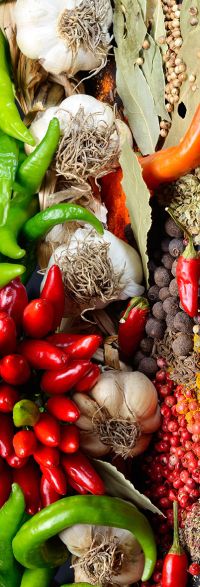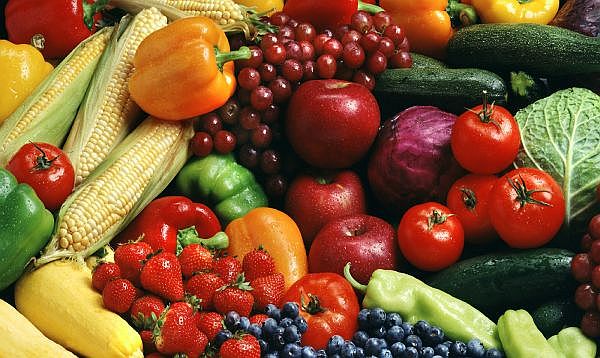Mexico City - At the recent annual meeting of the High Level Economic Dialogue between Mexico and the United States, a group of high officials from the US government, led by Vice-President Biden, met with their Mexican counterparts to advance a number of priorities centered on economic growth and job creation in both countries.
Mexico is currently the United States' third largest trading partner, and the U.S. is the main destination of Mexican exports. Among these, agrifood exports stand out as a successful example of how trade is bolstering living standards in both sides of the border.
In the present context of falling oil prices, a trend that may affect producers in countries that rely on such exports, Mexican agricultural output, sustained by agrifood exports, has entered into an expansion path that is marked by not only solid current growth, but that also signals strong growth potential. During 2014, the sectoral gross domestic product (GDP) grew at an annual rate of 4.3%, a pace that almost doubled that of the whole economy. During 2015, the favorable performance continued, with an increase in agriculture's GDP of 3.1%, still above the aggregate trend.
 |
As we all know, trade of agricultural goods demands efficient and speedy border procedures. To achieve this goal, Mexico is working with U.S. authorities to open new border sanitary inspection facilities and to move forward towards the exchange of electronic certificates that will enhance efficiency in cross-border operations. In this regard, mechanisms like the High Level Economic Dialogue play a central, very important role.
At the same time, we are accomplishing the Government's role as a dependable supplier of basic public goods, such as roads, processing facilities that gather, package and distribute crops to national and international markets, sanitary and phytosanitary standards, and training and market information services. Therefore, we are aiming to streamline the process of shipping agrifood products from the fields to consumers' tables, and also to facilitate and expedite exports.
Mexico has signed multiple trade agreements and sanitary protocols in recent years. Yet, our trade relationship with the U.S. still bears high significance for our country. In many ways, we are using this experience, especially post-NAFTA, as a role model for gaining ground in other regions, like Europe, the Far East and the Middle East.
In the Far East, for example, we are heightening economic ties with China and Japan. Last December, sanitary protocols to export corn, tobacco, berries, beef, and dairy to the Chinese market were signed. Additionally, we are ready to start sending high value-added produce by plane from Guadalajara to the province of Henan. In the case of Japan, further consolidation of our existing trade agreement will allow us to increase exports of beef, pork, poultry, pineapple and sugar.
Thanks to these efforts, Mexican tomatoes, berries, avocados, beer, beef, pork and tequila, among other products, are successfully competing in more than one hundred international markets. In 2015, agrifood exports reached 26.6 billion US dollars, an increase of 4% over the previous year. Most importantly, Mexico's agrifood and fisheries trade balance registered a surplus for the first time in many years.
New challenges lie ahead, but we are ready to take them on. A good example is the Trans-Pacific Partnership (TPP), which, once enacted into law by its members, will comprise 36% of world GDP and one third of total trade exchanges. TPP will present us with the opportunities arising from a huge market for agricultural exports, but also with the increased competition of highly efficient producers like Australia and New Zealand.
However, I am sure that agricultural sectors in both Mexico and the U.S. have the necessary strength and resources to take advantage of this new opportunity. Besides this, we have worked very hard in designing adequate policies to support agriculture, always in compliance with our agreed disciplines under bilateral and multilateral trade agreements. In sum, the future is bright for Mexican and U.S. agriculture, and this sector will continue to play an important role as engine of economic growth and prosperity for both countries.
Josť Calzada Rovirosa is Secretary of Agriculture, Livestock, Rural Development, Fisheries, and Food of Mexico, and former Governor of the State of Queretaro. Original article.


